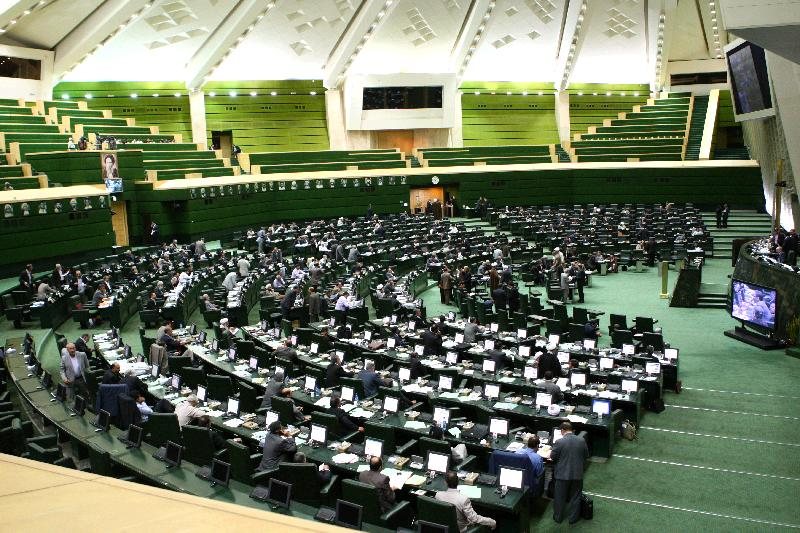Several lawmakers have recently called on the Rouhani administration to include the 3rd phase of the subsidy reform plan in next year’s budget bill. Analysts, however, believe that a number of conditions should be met before making such a decision that could affect the living of millions across the country.
Farhad Ghaffari, an economist and university lecturer, believes that improving the plan’s efficiency is an important prerequisite for the implementation of its third phase.
In an interview with Eghtesad News, Ghaffari argued that “further reduction of the amount of subsidies could be effective only when the economy is immune against monopoly, rent-seeking, and sanctions.” In addition, he said it’s essential to conduct the third phase of the plan after studying the consequences of the last two phases. “That would identify the strong points and the weak points of the plan before moving towards the next phase, a move that has not been done yet by any organization.”
Supply-side policies should be adjusted in a way that stagflation is reduced. In addition, the means to manage the 3rd phase can be more diverse and not limited to increasing energy carrier prices, Ghaffari added. “The implementation of the first and second phases of the subsidy reform plan has not improved overall economic efficiency,” he said, adding, “Improving efficiency at macro-economic level can help tackle inflationary implications of the plan.”
He also attributed the current economic stagnation to the inefficient execution of the previous phases of the plan.
The subsidy reform plan, which was called “the biggest surgery to the economy,” was put into action in September 2010 during Mahmoud Ahmadinejad’s presidency. According to the plan, the government should gradually remove subsides on energy carries in a bid to save a sizeable budget, part of which would be paid in the form of cash handouts to all Iranian citizens and another part would be allocated to the manufacturing sector. Gasoline prices were raised by 75% at the beginning of the second phase, which was due to start in June 2012 but was finally put into effect in April 2014 by President Rouhani.


